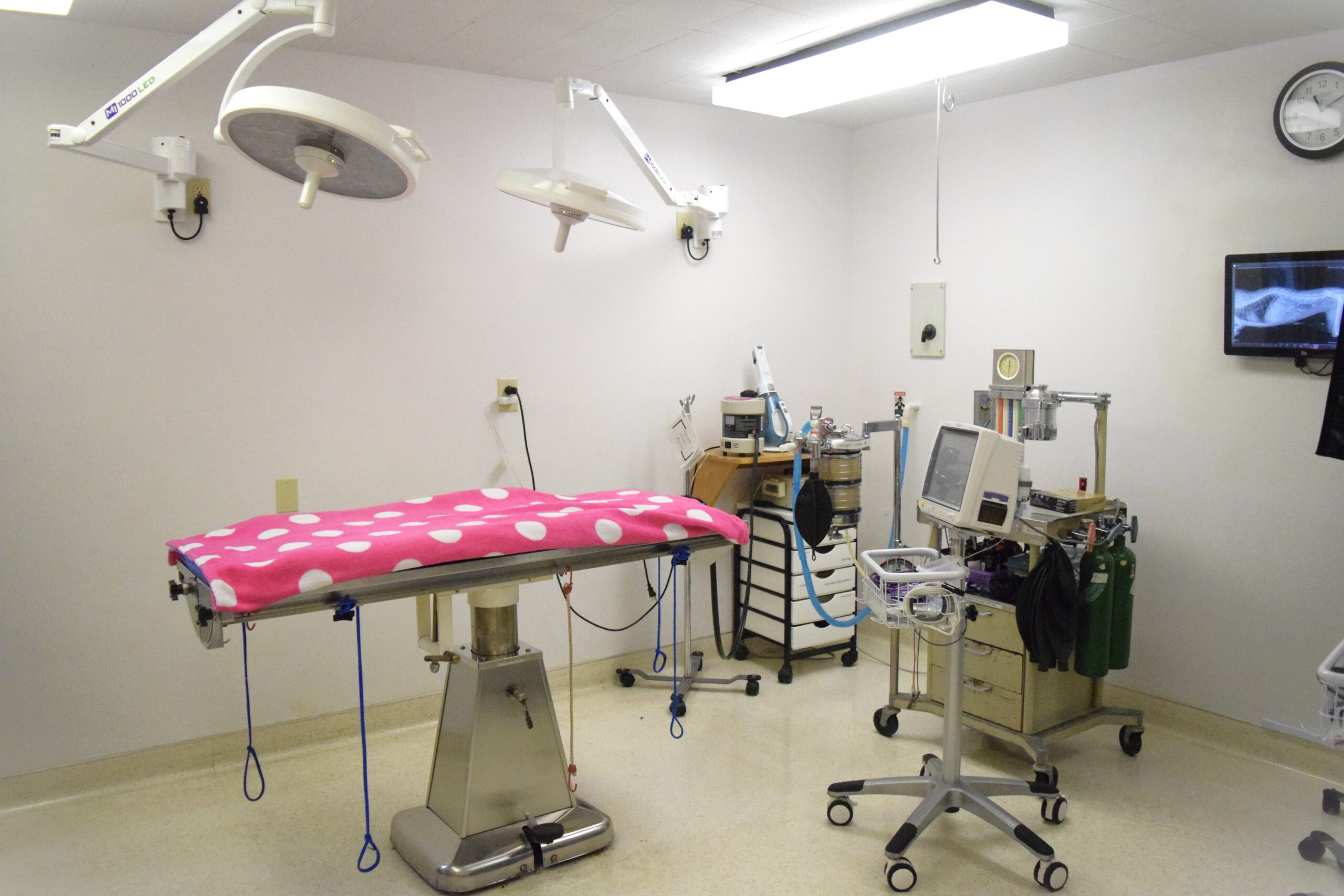Pet Surgery in
Framingham, MA
At Slade Veterinary Hospital, our experienced surgical team is well-equipped to perform routine general surgical procedures while following stringent safety standards every step of the way.

Pet Surgery
Prior to surgery, each patient receives a thorough physical exam to identify any health concerns and discuss a surgical plan with a veterinarian. Pre-anesthetic bloodwork is always performed in order to ensure your pet’s health prior to anesthesia. All patients receive a tailored anesthetic protocol for their individual needs. Our high-quality anesthetic machines are operated by trained technicians to monitor vitals such as heart rate, body temperature, blood pressure, and oxygenation.
For referrals and specialized surgical procedures, we maintain close working relationships with local board-certified specialists and tertiary care hospitals. Click here for a comprehensive list of our recommendations.
